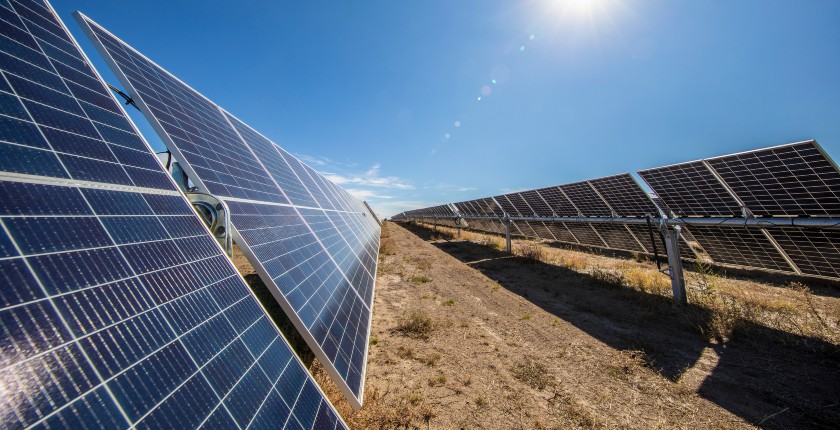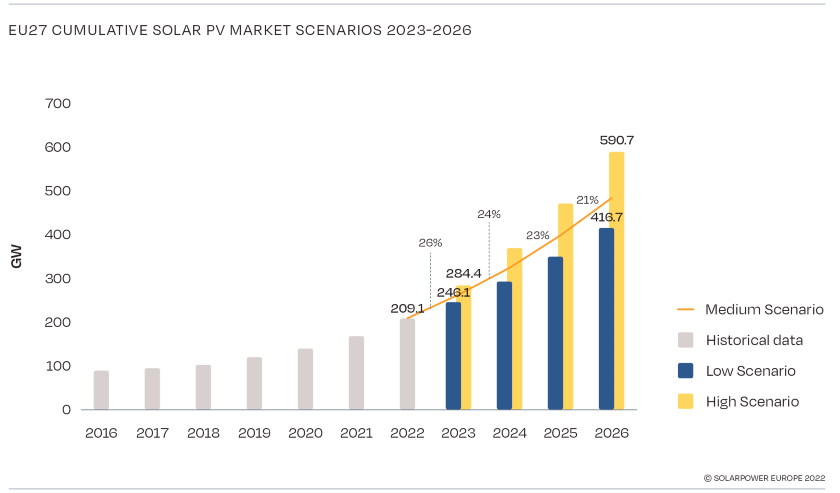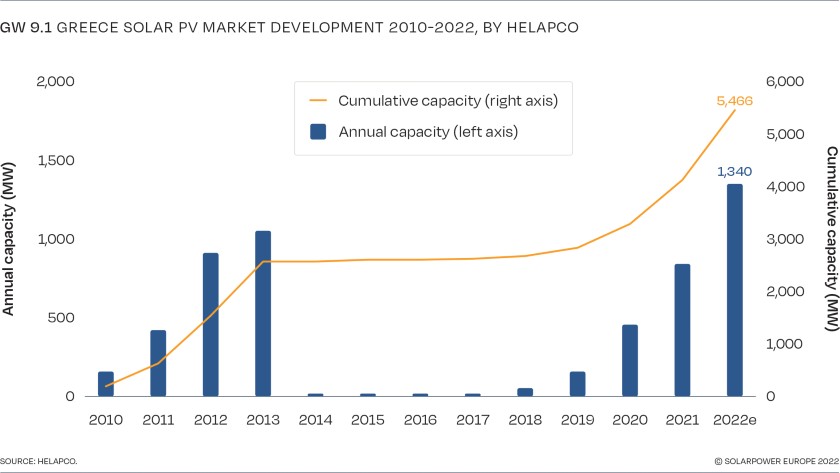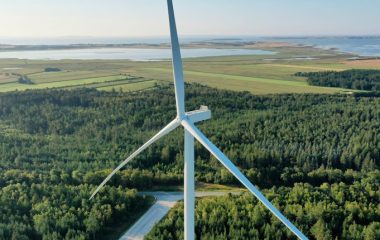
Photo: iStock
A record 41.4 GW of photovoltaic capacity will be installed in the EU this year, SolarPower Europe said in a new report. It is equivalent to 102 LNG tankers, the organization pointed out and added that it expects total capacity to grow 132% in the next four years, to 484 GW.
The European Union will add a record-breaking 41.4 GW of solar power in 2022 or 47% more than in the previous year, SolarPower Europe estimated in its European Market Outlook for Solar Power 2022-2026 and called it a seismic shift for the energy landscape. New installations are also more than two times larger in size than in 2020, the document reveals.
“The numbers are clear. Solar is offering Europe a lifeline amid energy and climate crises. No other energy source is growing as quickly, or reliably, as solar. We’re building a secure, green, prosperous Europe on a foundation of solar,” Chief Executive Officer Walburga Hemetsberger said.
The new capacity is equivalent to the power needs of 12.4 million European homes, and replaces 102 LNG (liquefied natural gas) tankers, the organization pointed out. Moreover, total solar capacity is seen jumping 25% in 2022 to 208.9 GW.

Simson: Rooftop solar panels need to become mandatory
European Commissioner for Energy Kadri Simson said the EU Solar Energy Strategy, adopted this year, aims to bring online over 320 GW of photovoltaics by 2025 and almost 600 GW by the end of the decade. The European Commission has launched an initiative to simplify permitting procedures and it also wants rooftop solar panels to become mandatory.
SolarPower Europe’s average prediction for 2023 is 53.6 GW more solar power in the EU, rising to an annual increase of 85 GW in 2026 and bringing the total to 484 GW. In the optimistic scenario for next year, implying rapid and targeted support, additions come in at 67.8 GW. The International Energy Agency recommends installing 60 GW in 2023 to compensate for shortfalls in Russian gas supply.

Greece remains top solar power market in Southeastern Europe
Greece ranks ninth on the list of top ten solar markets for 2021-2022, with 0.9 GW and 1.34 GW in added capacity, respectively. Total capacity grows from 5.58 GW to 15.9 GW in the medium scenario for 2026.
However, most of the medium-voltage grid in Greece is congested, the report reads and adds that the same is likely to happen with the high and ultra-high voltage grids. S0lar power plants of more than 1 MW currently make up 22% of total capacity.
In the ranking of installed capacity per capita, Greece climbed one notch to land eighth, surpassing Malta. The measure grew by a stunning 35% to 541 W. The Netherlands remained first. It topped 1 kW for each inhabitant and reached 1.044 W.

The capacity in Romania is projected to rise from the current 1.83 GW to 8 GW. The compound annual growth rate, at 44%, is the second highest among the 15 EU member states in the overview, while Greece is sixth.
Romania’s projected compound annual growth rate for solar power is the second highest in the EU
As for the remaining countries covered by Balkan Green Energy News, Slovenia is hitting 771 MW this year, compared to a total of 208 MW in Croatia, 1.55 GW in Bulgaria and 447 MW in Cyprus, SolarPower Europe said.









It is totally meaningless to compare a quantity of energy (or potential energy?) as embodied in a quantity of natural gas, with a quantity of installed generating capacity. And if you did want to compare those two things, you’d have to offer a hell of a lot more explanation of the basis of the comparison than this article does.